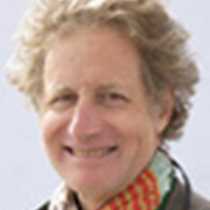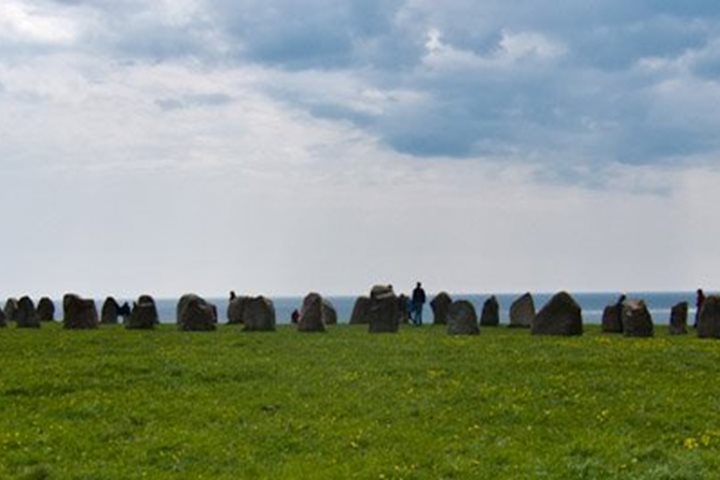Calm seas on the waters of the Baltic Sea as day breaks finds us sailing towards the third Baltic state we’ll be visiting on this expedition. Estonia, like Latvia and Lithuania, has a complex history of occupations and suffering at times, as neighboring nations and regional powers have fought and strived to control this important Baltic nation. We have been most fortunate to have had on board Trivimi Velliste, the former ambassador to the United Nations and significant figure and freedom fighter during Estonia’s most recent and successful rise to independence from Soviet occupation. His insight and story has provided a much richer and deeper understanding to this region and how the people have overcome intense hardship to rise triumphantly.
Part of our experience today will focus on that very recent history and what is called “The Singing Revolution,” in which the peoples of Estonia fought back and stood up to the super power that occupied their homeland for nearly 50 years by confronting them with cultural unity and peaceful resistance through the power of song. A visit to Katriorg Park and the Song Festival grounds gave us a glimpse into the past, where in 1991 20,000 Estonians stood in solidarity with their voices. For decades leading up to their independence this very site was a cultural stronghold where every five years Estonian’s would gather to celebrate their rich past and cultural pride.
Tallinn itself has been a significant seat of power and wealth dating back to the 13th century when Danish powers and the Teutonic Knights erected the first fortifications on the site of present day Tallinn. Today those fortifications and the surrounding walled city stand as one the best examples of a medieval city. As with most of the cities we’ve visited, the progression of power and control follows a similar path, with the Hanseatic League following in step as the next economic and military power to reign over a port city like Tallinn. Today we were able to explore and learn a great deal about this distant past by strolling through the walled fortifications and the finely preserved lower city with its Hanseatic architecture blended in to the 13th century structures and church spires, literally stepping back in time with each cobble that passes underfoot.
Much of Estonia is blanketed in dense forest and wetland bog habitat. A short drive outside the city of Tallinn would bring a complement of 20 adventuresome shipmates out to explore the rich and beautiful forests and bogs of Lehemaa National Park, which, ironically, was created in 1971 under Soviet rule of Estonia at a time when concepts like national parks fell outside of the Soviet ideology. Bogs are unique ecological habitat occurring throughout the northern latitudes and harbor an ensemble of specialized plants and, in some cases, animals adapted to the poor quality, wet and acidic conditions.
The weather was ideal for such an excursion with high wispy clouds blown about in the rich blue skies above. Our exploration would take us over a 3.5 km boardwalk placed on the mossy substrate paralleling open bodies of water intermixed with stands of scraggly, or krumholtzed, pine barrens and carpeted with sphagnum moss and low ericaceous shrubs. A few species of birds were seen but many more were heard calling and singing as the breeding season is just getting under way. One particular species of bird, the meadow pipit (anthus pratensis) provided us with a glimpse of its elaborate and boisterous courtship display. This little brown streaked dweller of marsh and open country produces an elaborate high pitched song while in flight, ascending to height of 50 meters or more, culminating in a high trill as it stiffens its wings and rapidly descends to the brushy cover.
For all our shipmates it was a very rich and pleasant day in this the smallest Baltic nation of Estonia. Whether you walked the historic streets of old town or along a boardwalk in a lovely bog and forest the time in Tallinn and the surrounded area proved to be a fitting finale to our visit to the three diverse, complex and blossoming Baltic nations of Lithuania, Latvia and Estonia.








